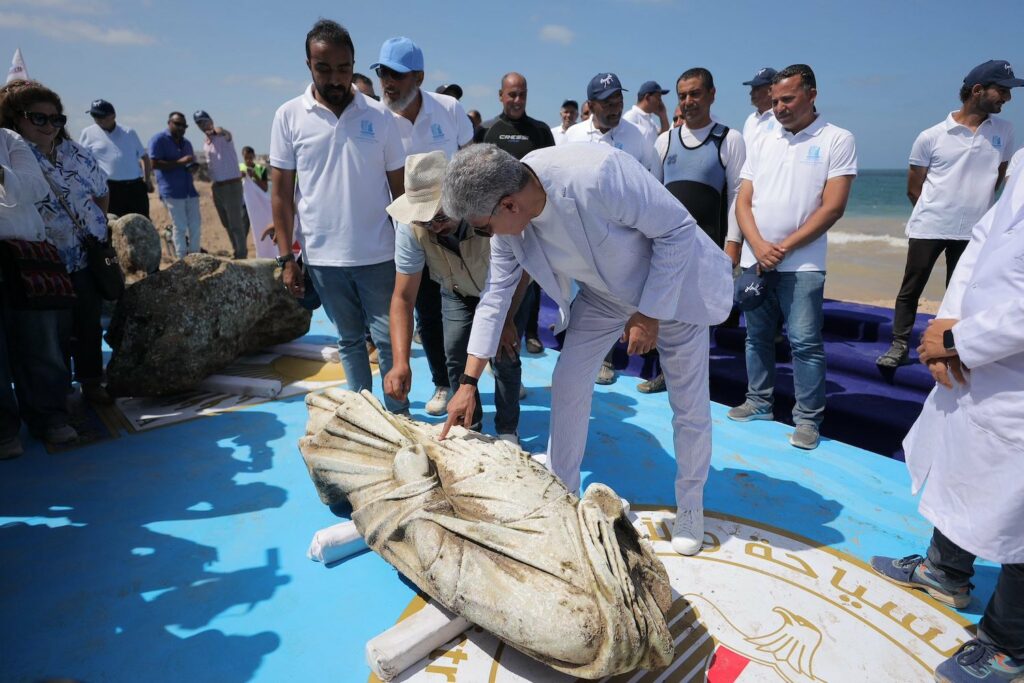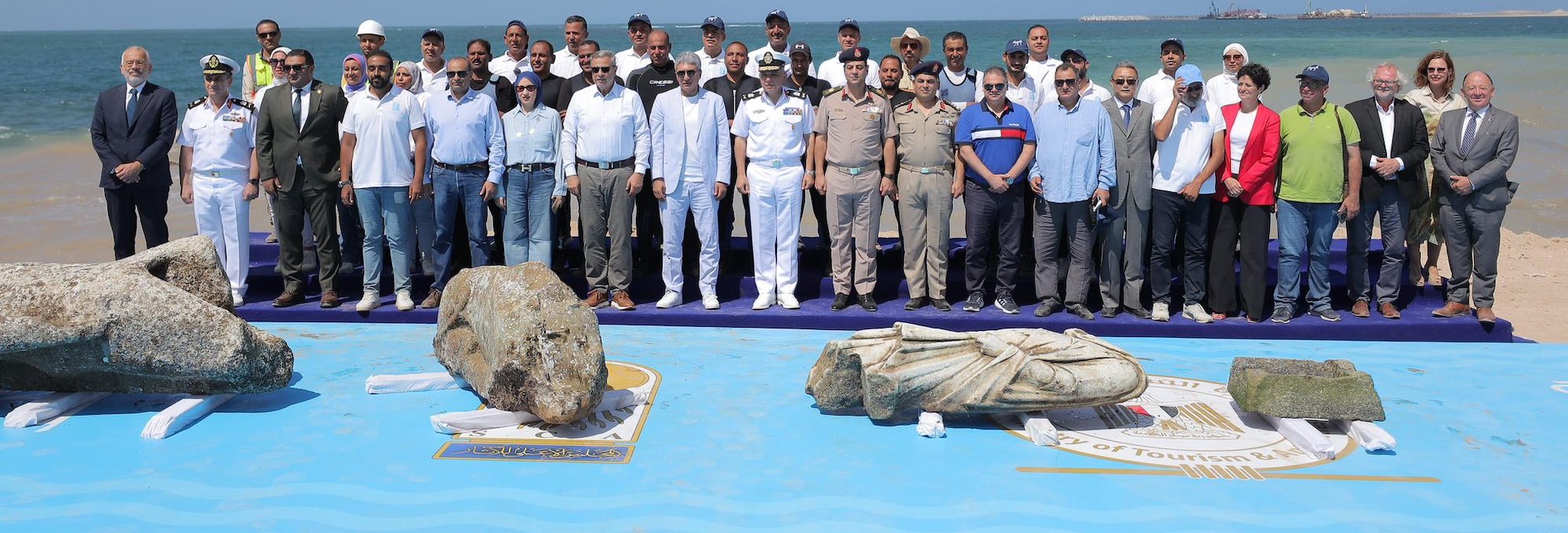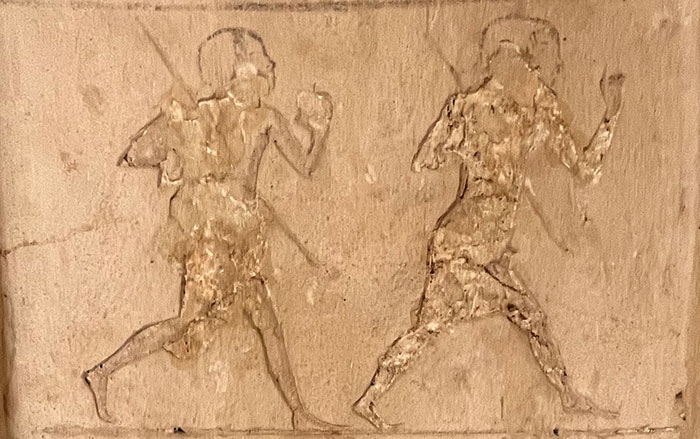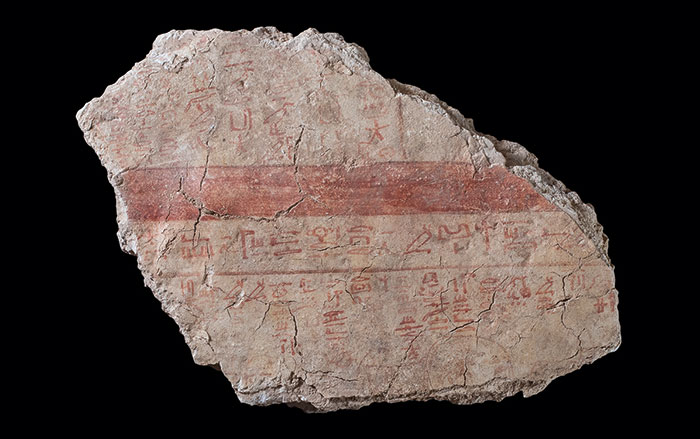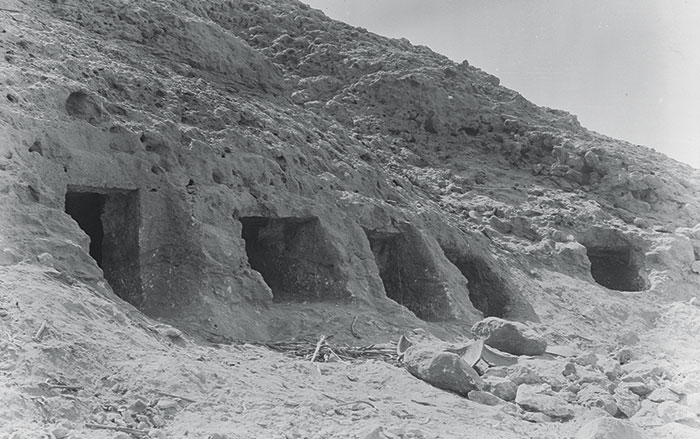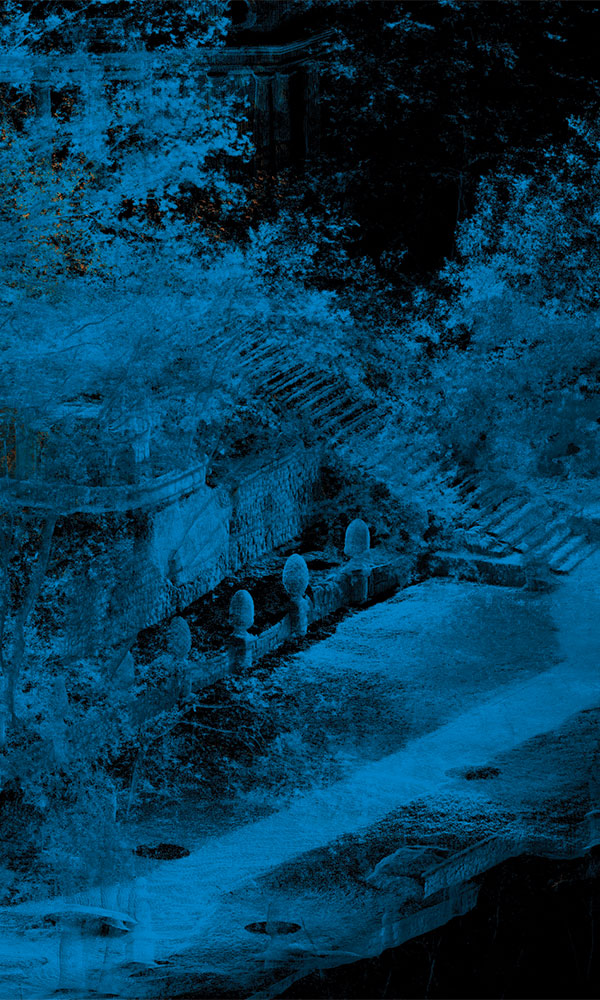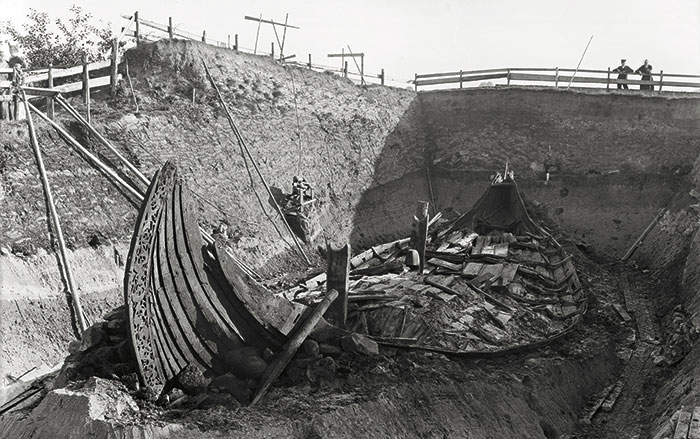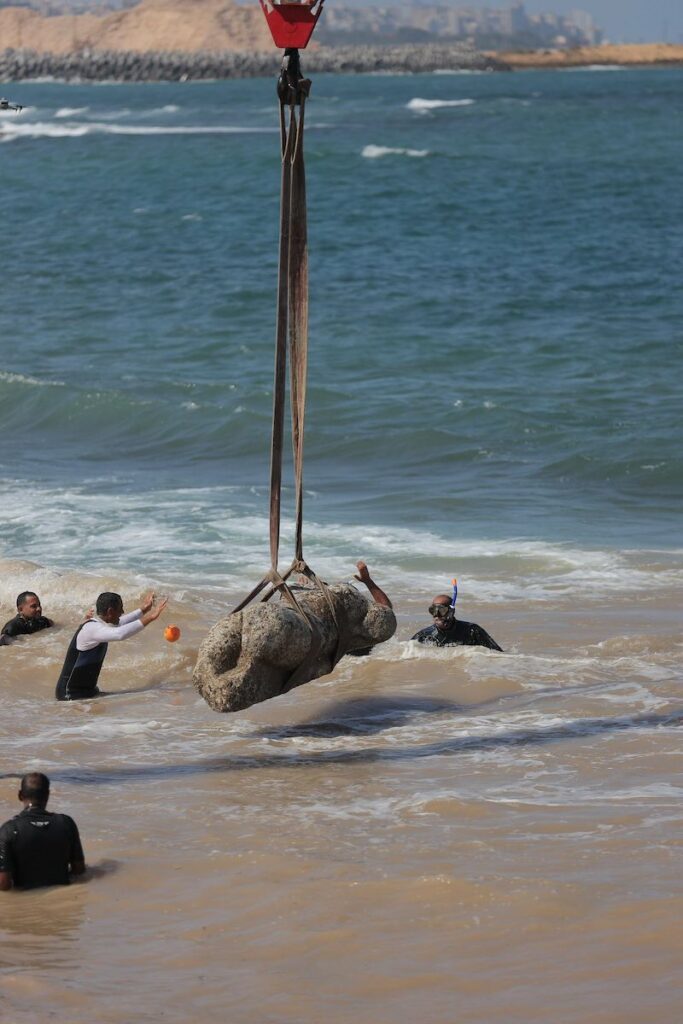
ABU QIR, EGYPT—Egyptian authorities recently began lifting remnants of a 2,000-year-old submerged city from the seabed of Abu Qir Bay near Alexandria, Ahram Online reports. The endeavor is the first such underwater operation to take place in Egypt in 25 years. Over the past several campaigns, excavations and surveys have identified and mapped the ruins of a Roman-era settlement, which was likely an extension of the prominent Ptolemaic-period city of Canopus. Divers have recorded temples, residential buildings, industrial spaces, and a 400-foot-long commercial dock, near which they found the wreck of an ancient merchant ship. Recently, cranes hoisted from the water three large statues, including a quartzite sphinx bearing the cartouche of Ramesses II, a granite colossus of an unidentified man from the late Ptolemaic era, and a white marble statue of a Roman nobleman. Mohamed Ismail Khaled, Secretary-General of the Supreme Council of Antiquities, emphasized Abu Qir’s incredible archaeological significance, calling the site a “living witness” to Egypt’s long history. Over time, earthquakes and rising sea levels plunged coastal parts of the Nile Delta, which included Canopus and the nearby port of Thonis-Heracleion, beneath the Mediterranean Sea. For more on these sunken archaeological ruins, go to "Egypt's Temple Town."
